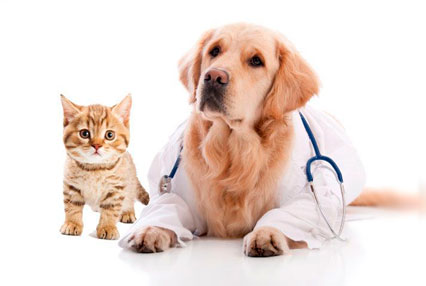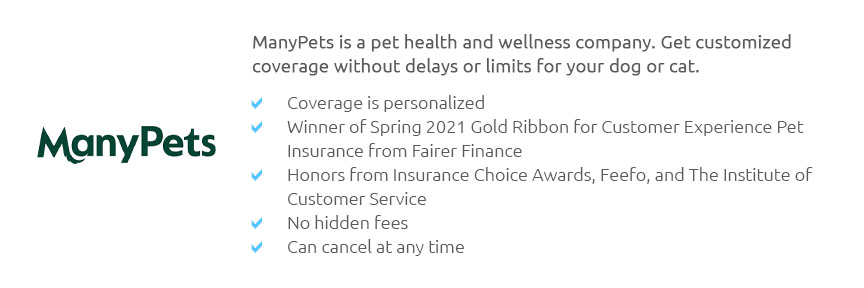 |
 |
 |
 |
 |
|
 |
|
 |
|
 |
|
 |
|
 |
|
 |
|
 |
 |
Understanding Pet Health Insurance Including Dental: A Comprehensive GuideIn an age where pets are often considered integral members of the family, ensuring their health and well-being has become a priority for many pet owners. Among the myriad of decisions a pet owner faces, one that often comes up is whether or not to invest in pet health insurance, particularly plans that include dental coverage. This can seem like a daunting decision, but it is one that deserves careful consideration. At its core, pet health insurance operates similarly to human health insurance, providing financial protection against unexpected veterinary bills. However, it is important to note that not all plans are created equal. Some basic plans might cover only accidents and illnesses, while more comprehensive plans can include routine care and dental coverage. But why should dental health be prioritized? Well, dental health is often an overlooked aspect of pet care, despite its significant impact on overall health. Poor dental hygiene in pets can lead to a range of issues, from bad breath and tooth loss to more severe health concerns like heart disease and kidney issues. Therefore, having a policy that covers dental care can be invaluable. As you navigate through the various options available, it's crucial to assess the specific needs of your pet. Factors such as age, breed, and pre-existing health conditions can influence the type of coverage that will best suit your pet. For instance, certain breeds are more prone to dental problems, making dental coverage an essential component of their health insurance plan. Another consideration is the financial aspect. While some might view pet insurance as an unnecessary expense, it can actually be a cost-effective way to manage unexpected vet bills, particularly when dental issues arise. The peace of mind that comes with knowing you are financially prepared to handle any health issues your pet may face is invaluable. Moreover, many insurance providers now offer customizable plans, allowing you to tailor the coverage to your pet's specific needs. This flexibility is a significant advantage, as it enables pet owners to create a plan that balances comprehensive coverage with affordability. When deciding on a plan, it is advisable to thoroughly research and compare different providers. Look for insurers with a reputation for excellent customer service and a straightforward claims process. Reading reviews and seeking recommendations from fellow pet owners or your veterinarian can also provide valuable insights. Ultimately, the decision to invest in pet health insurance, especially one that includes dental coverage, should be made with careful consideration of both the benefits and costs. While it may seem like an added expense, the long-term savings and peace of mind it provides can be well worth the investment. FAQs About Pet Health Insurance Including DentalWhat does pet health insurance cover? Pet health insurance typically covers accidents, illnesses, and sometimes preventive care, with options to include dental coverage for issues like gum disease and tooth extraction. Why is dental coverage important for pets? Dental coverage is crucial because dental issues can lead to severe health problems in pets, including heart and kidney diseases, making preventive and routine dental care essential. How do I choose the right insurance plan for my pet? Consider your pet's age, breed, and health history. Research different providers, compare coverage options, and seek advice from your veterinarian to find a plan that meets your pet's needs. Is pet insurance worth the cost? Many pet owners find that insurance is a worthwhile investment, as it helps manage unexpected veterinary costs and provides peace of mind, especially with comprehensive plans that include dental care. https://www.petplan.co.uk/pet-insurance/insurance-advice/pet-dental-insurance/
Unlike a lot of pet insurers, Petplan cover for dental injuries and illness as standard. You may be wondering why our insurance covers dental illnesses, ... https://www.moneysupermarket.com/pet-insurance/does-pet-insurance-cover-dental/
No, not all pet insurance policies include dental cover as standard. Of those that do, there will usually be a limit on dental care. For example ... https://www.gocompare.com/pet-insurance/dental-cover/
Pet insurance with dental cover. Lots of owners are surprised to learn that pet insurance usually does not cover treatment for dental illnesses.
|